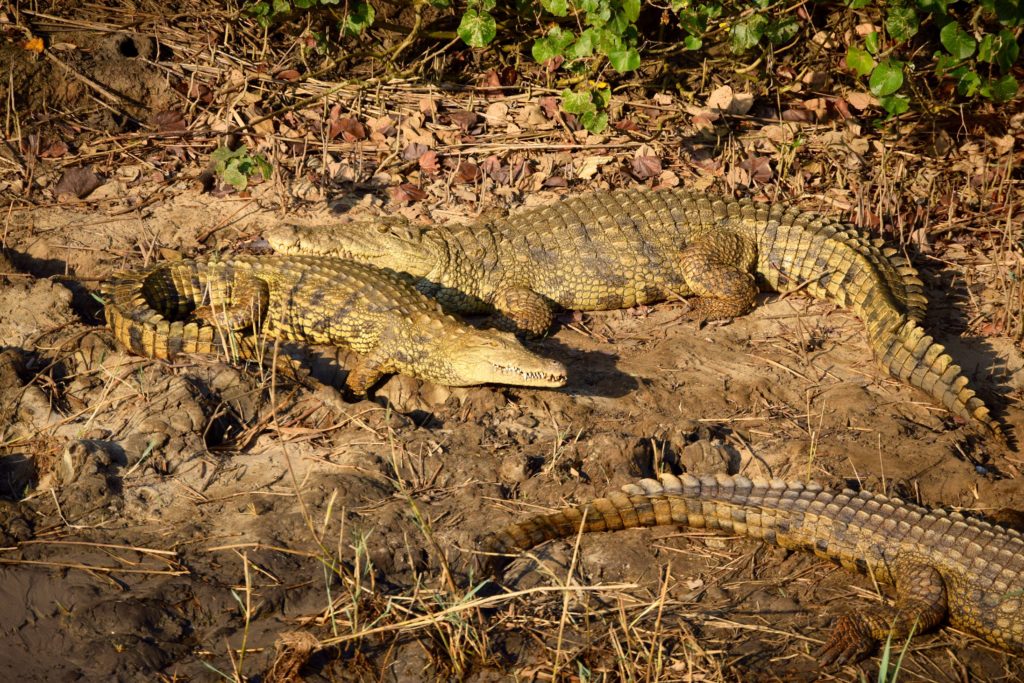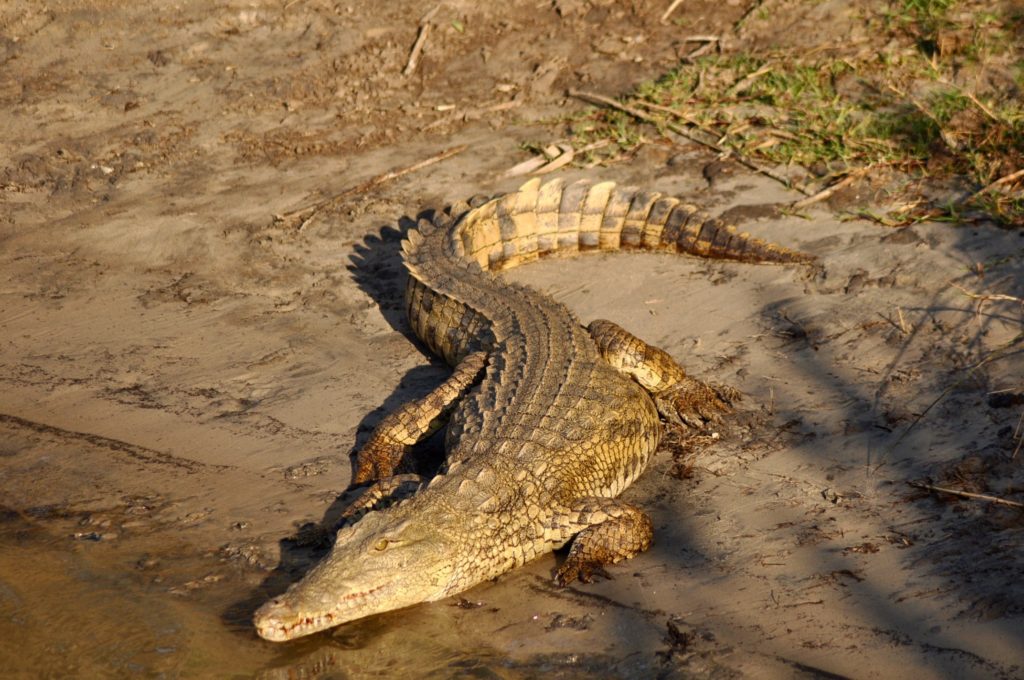After our stay in Mkuze – we travelled to St. Lucia by the coast – and the area called The Wetland Park. It was about a 120 km drive.
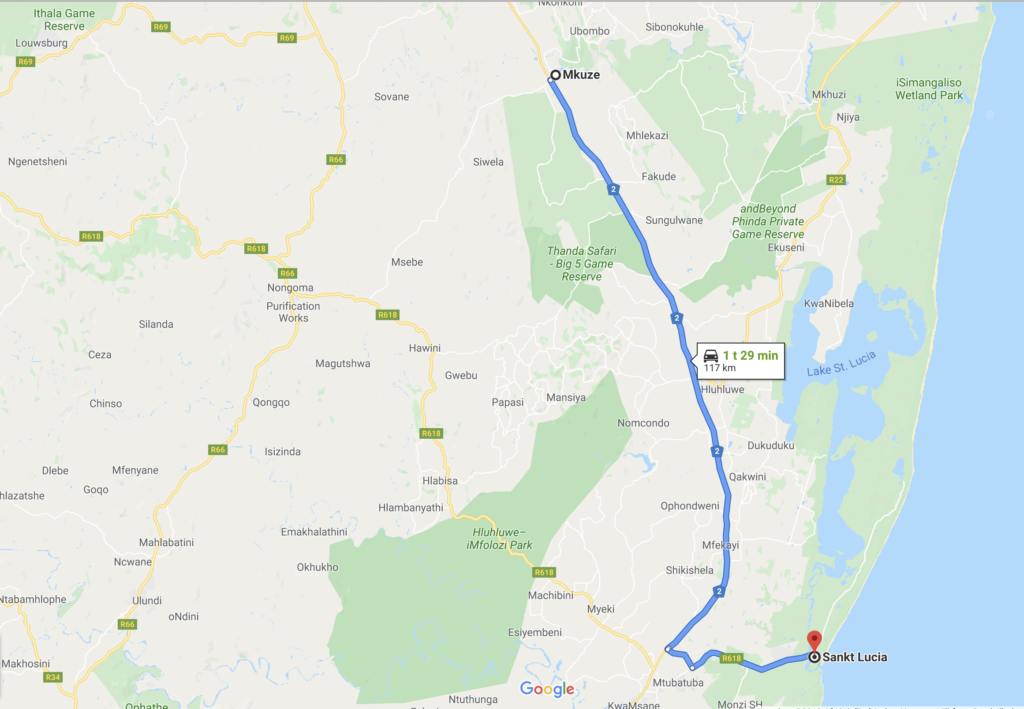
ST. LUCIA AND THE GREATER ST. LUCIA WETLAND PARK
The Wetland Park is now known as the iSimangaliso Wetland Park and was declared South Africa’s first Natural World Heritage Site on 1. December 1999. It is considered South Africa’s third-largest park and extends from Mapelane (Cape St. Lucia) in the South, to Kozi Bay Nature Reserve in the North.
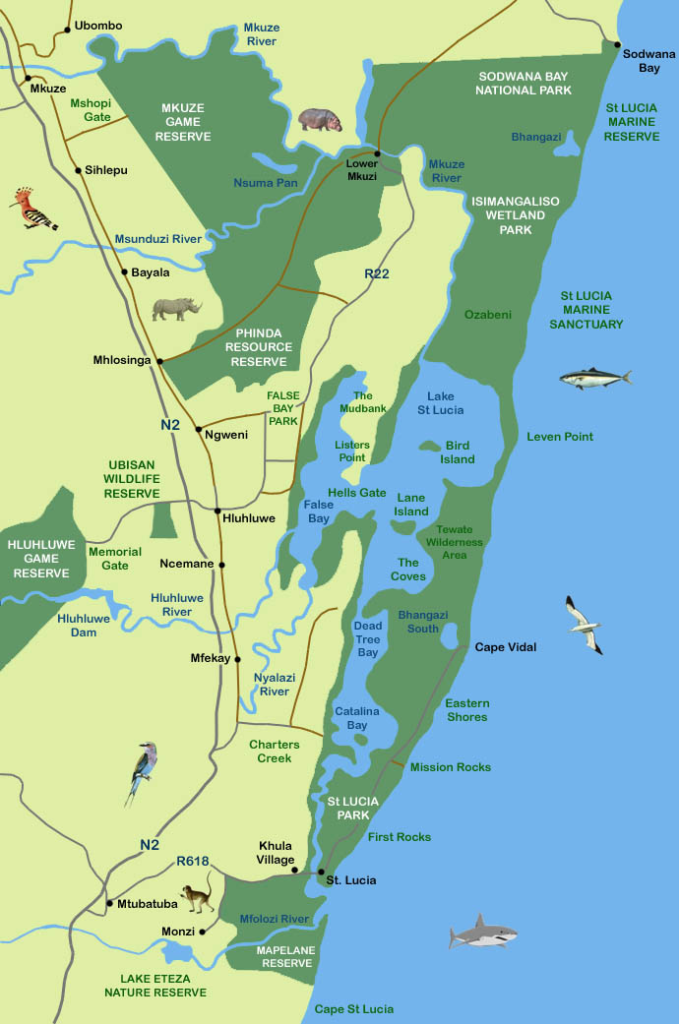
The park has 280 km of near-pristine coastline and comprises of 328 000 hectares of magnificent scenery. Greater St Lucia Wetlands Park encompasses areas ranging from marine systems (coral reefs and beaches) and coastal forests (from salt and freshwater marshes to the open estuarine waters of Lake St Lucia itself) from lush coastal plains to the drier woodland areas. This is a remarkably beautiful place in South Africa.
The park is situated in the southern end of the Mozambique coastal plain near the towns of St Lucia, Mtubatuba, Hluhluwe, Mkuze, Mbaswana and Manguzi. This is a transitional zone in terms of fauna and flora between the temperate forms of the south and the tropical forms in the north and many species are endemic to this coastal plain. The protected area is home to the largest population of hippopotamus and approximately 1,000 crocodiles as well as a wealth of plant and animal life.
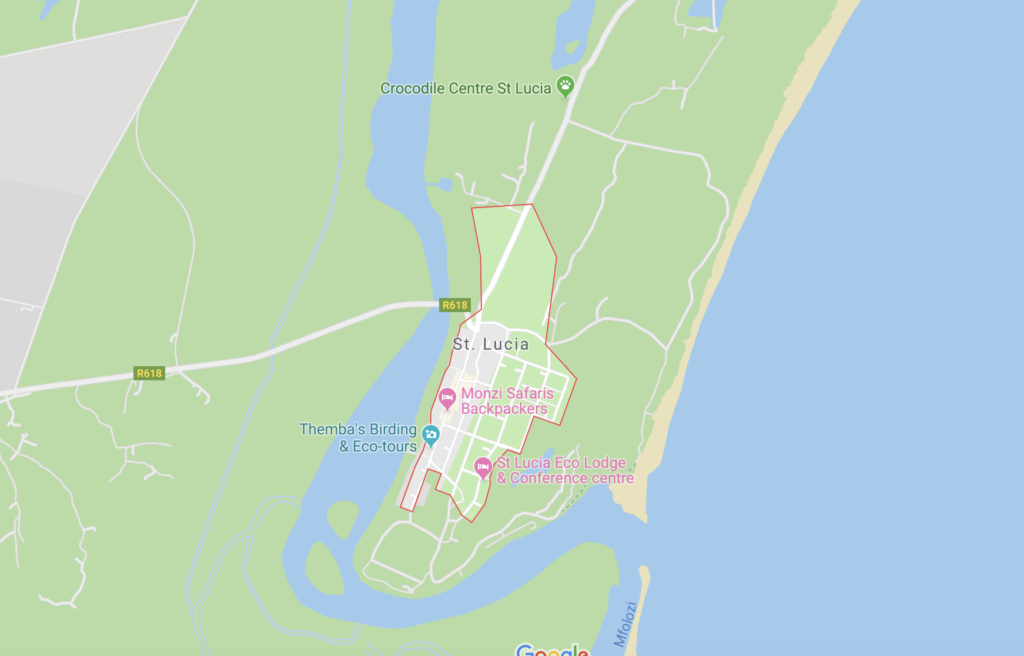
ST. LUCIA
This small town is mainly a hub for the iSimangaliso Wetland Park area. It is situated on the North East of Zululand about 2,5 hrs from Durban, the capital of KwaZulu Natal. The area offers stabile tropical warm climate, not to mention the warm Indian Ocean that one can enjoy all year round.
The abundance of wildlife and natural beauty is incredible. Hippos can still be witnessed wandering down the streets at night in search of grass. Hippos are predominantly known as the most aggressive animal and cause most deaths in Africa. However, in this very small town they seem to have become accustomed to being photographed and watched by numerous visitors daily.
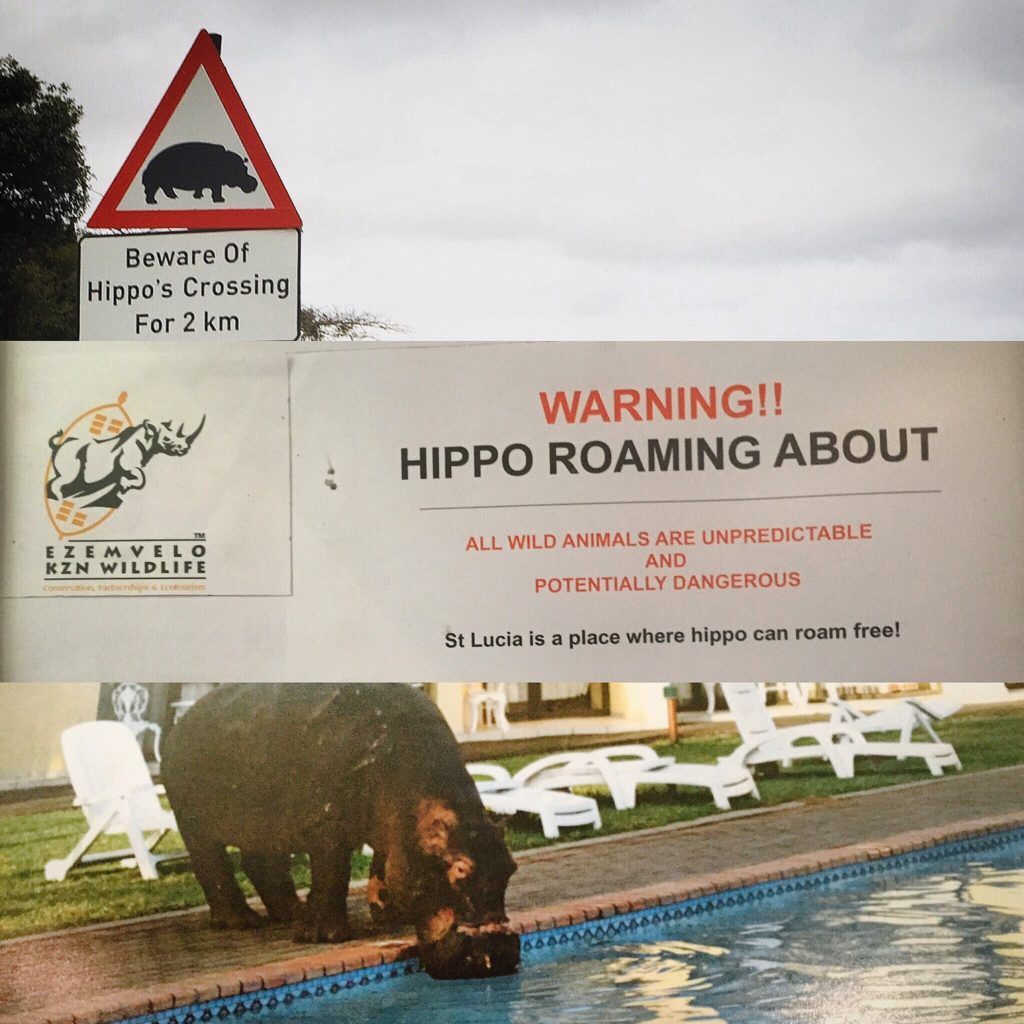
Leatherback and Loggerhead Turtles lay their eggs on the beaches during the summer months and Whale Sharks pass during summer as well. The marine life is incredibly almost untouched, the beaches pristine and stretches as far as the eye can see.
St. Lucia has one main road with several shops and a couple of restaurants. At the end of the main road there is also a little market selling local African crafts and art – tablecloths, animals made of different material as tree, stone, pearls, pottery, necklaces and bracelets.
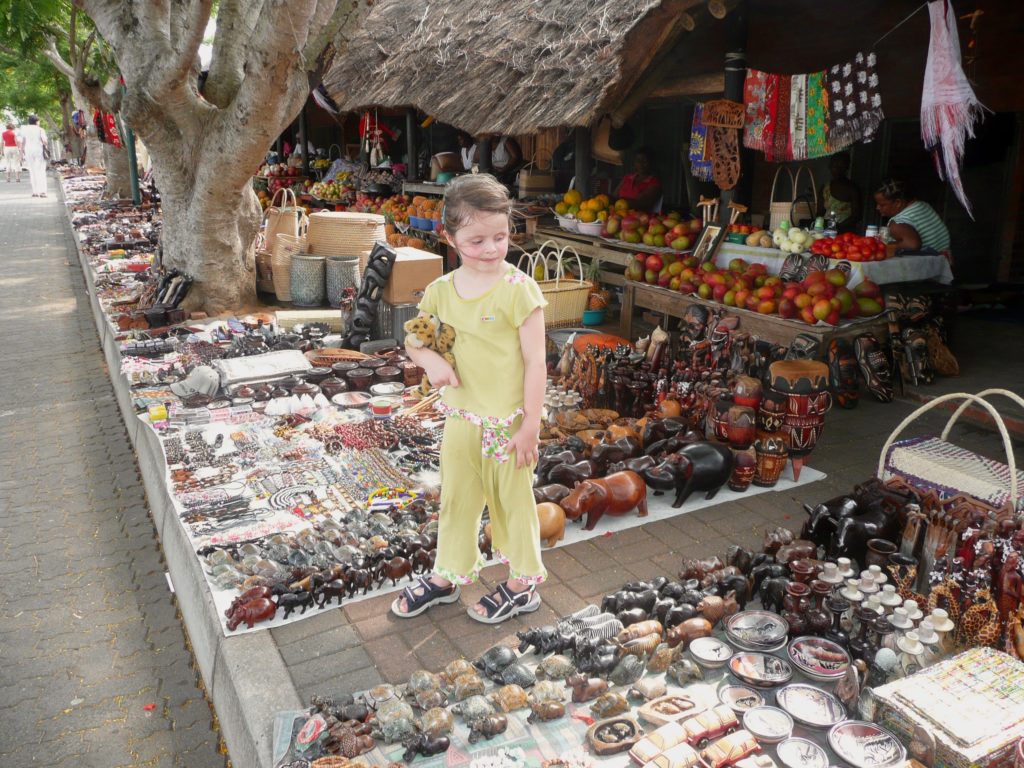
ACCOMMODATION
Several places to stay overnight; many guesthouses and B&Bs, one hotel in the main road and also some in the area around. We stayed at the Seasand Lodge and Conference center, a couple of roads east of the main road. The lodge has now changed its name to St. Lucia Eco-lodge and Conference centre.
Nice, big rooms surrounded by a tropical garden. The swimming pool was close to a wooded area and I can remember when lying on a sunbed hearing some strange sounds behind me, and an antelope jumped out from the bushes.
St Lucia Estuary Boat Cruise
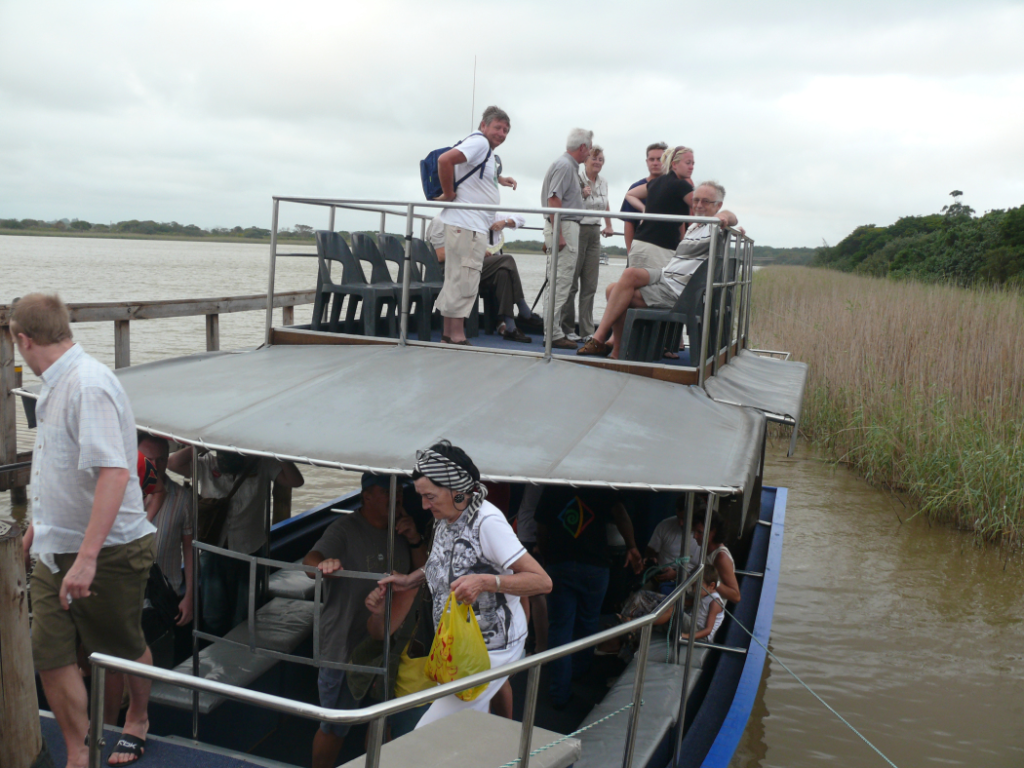
At St. Lucia we boarded this charming double-decker boat and went on a cruise around St Lucia Estuary. There are several cruises a day and this is a nice excursion for the whole family. We saw several crocodiles, a lot of hippos and many fascinating birds like herons, eagles and pelicans. I can guarantee you will see something similar.
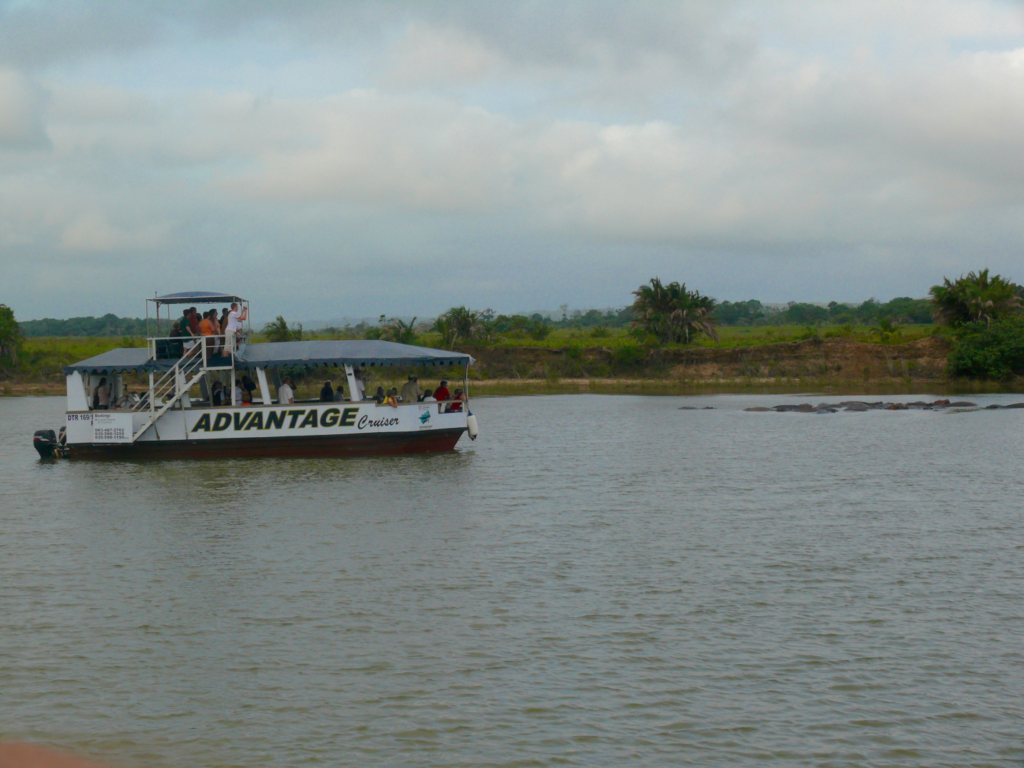
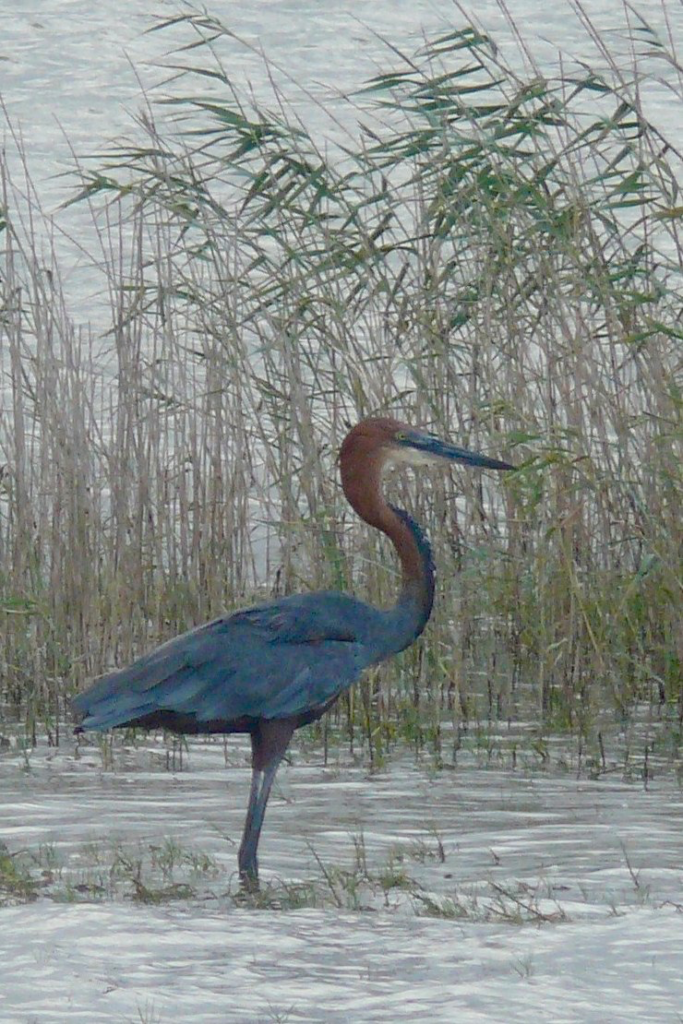
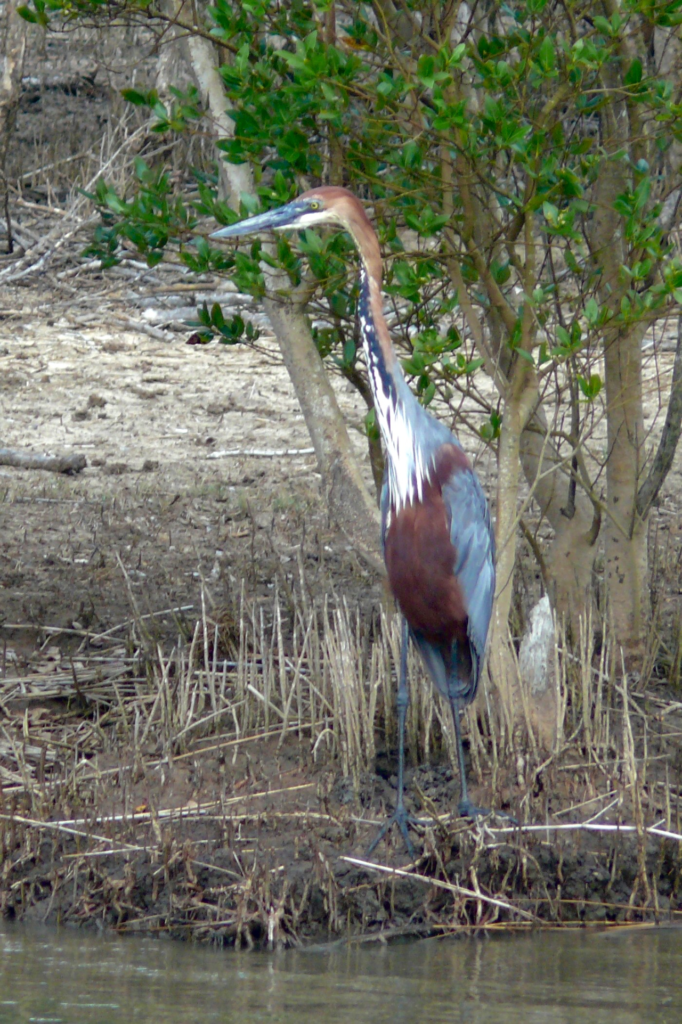
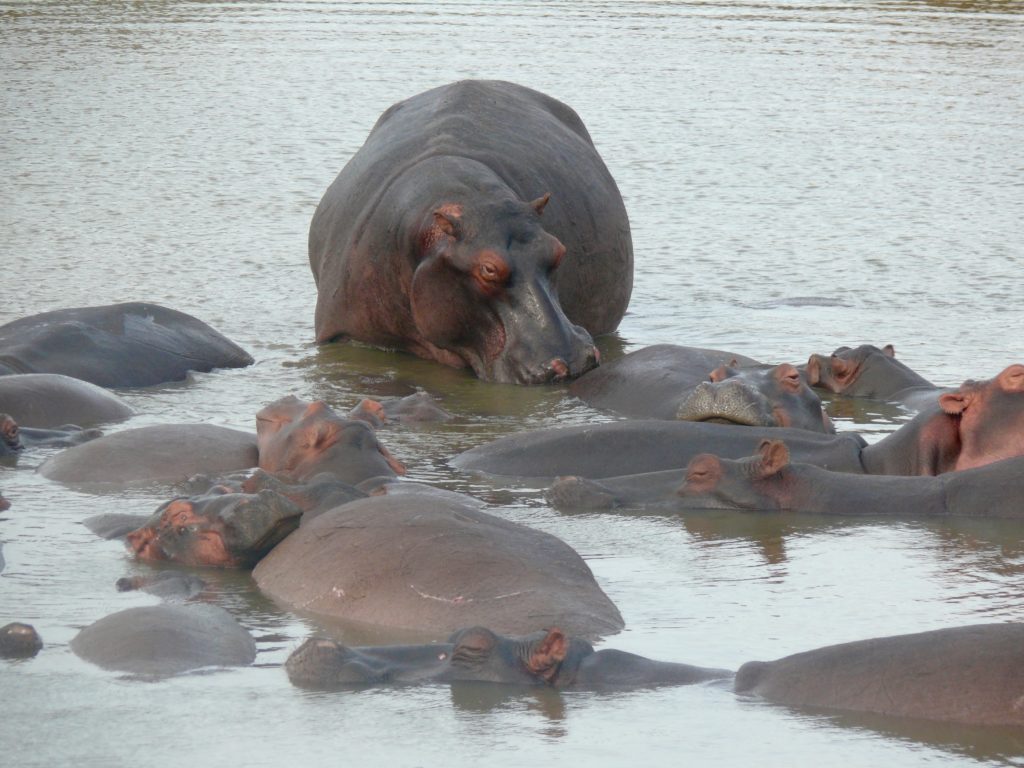
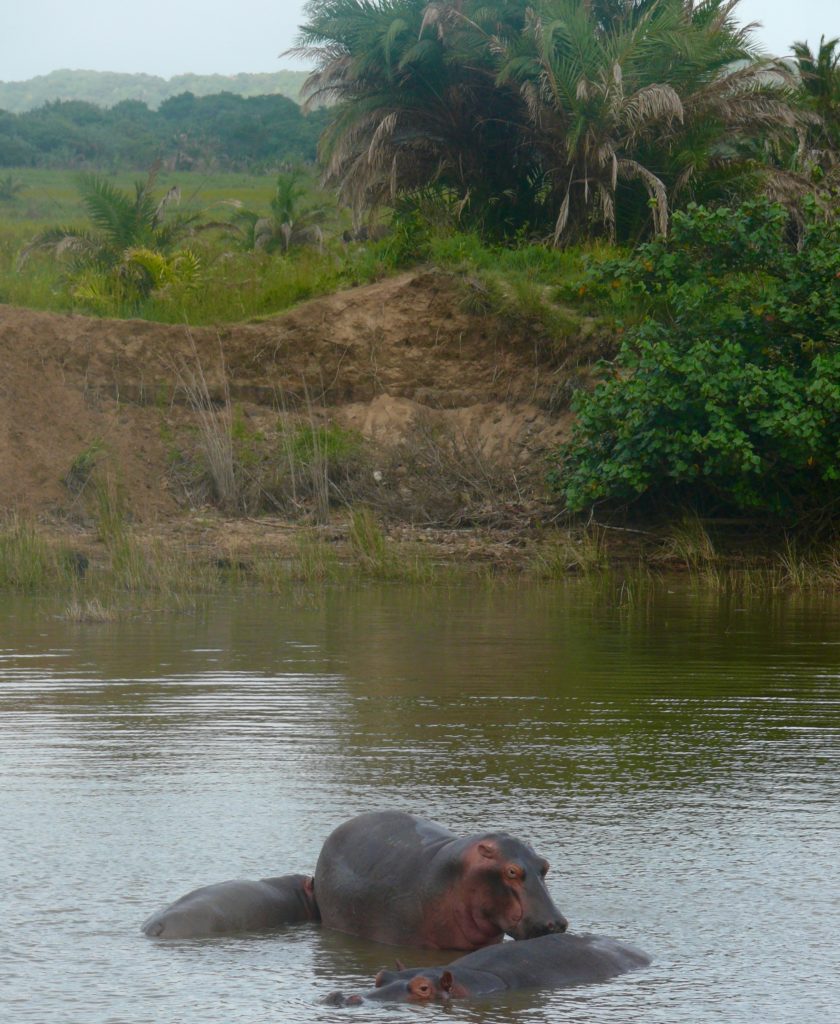
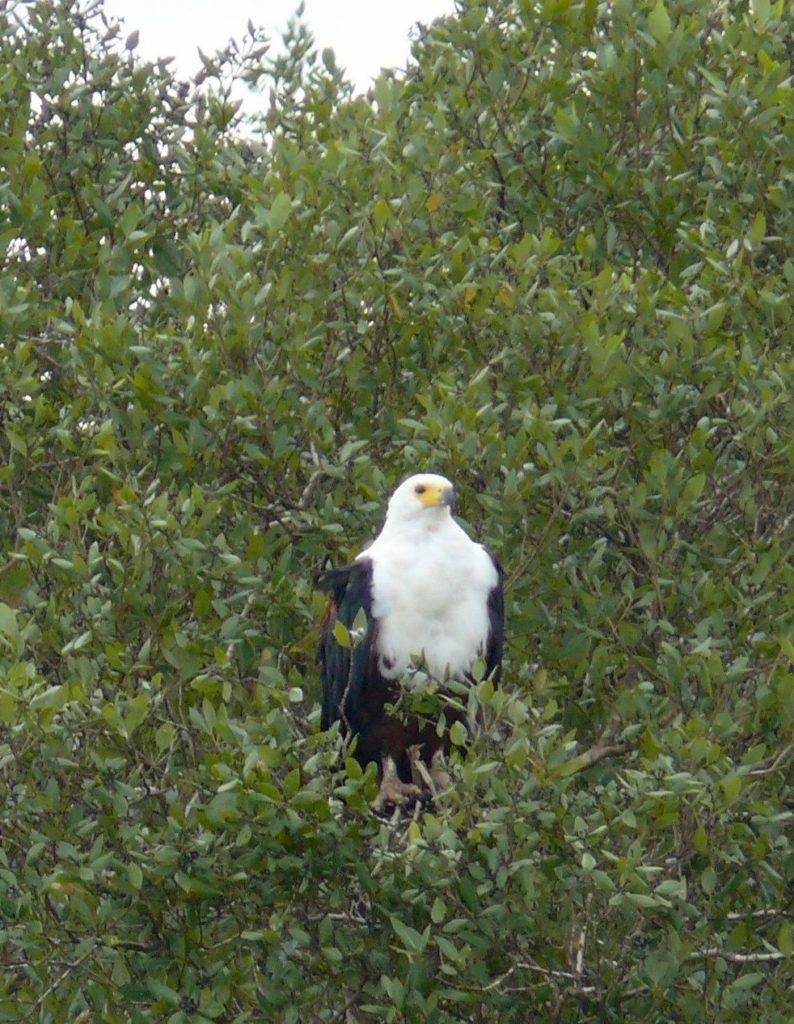
Fish Eagle 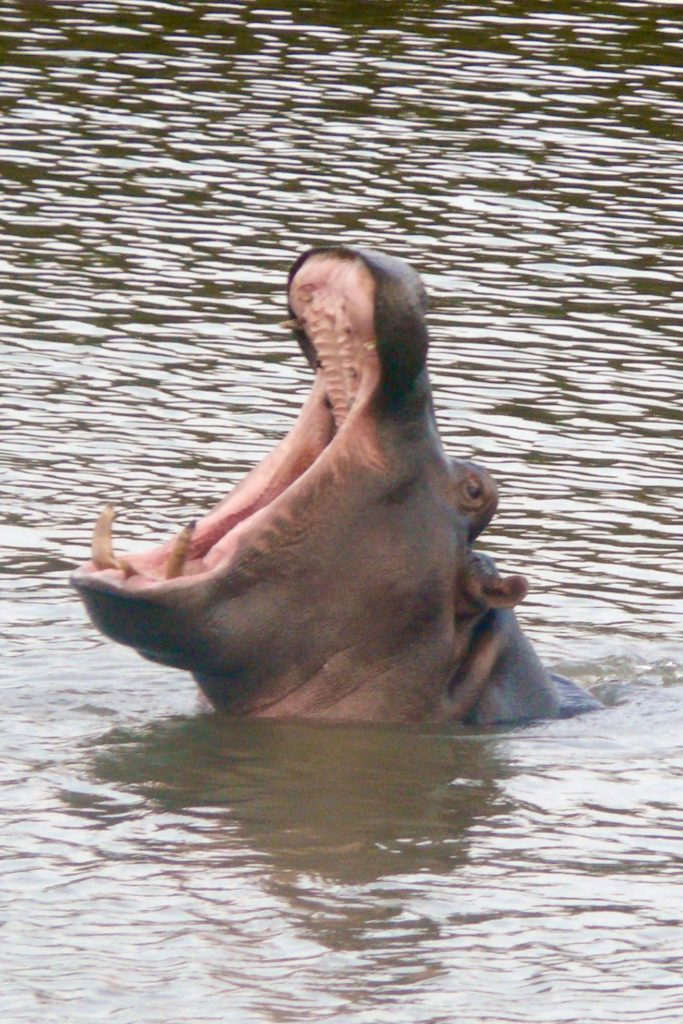
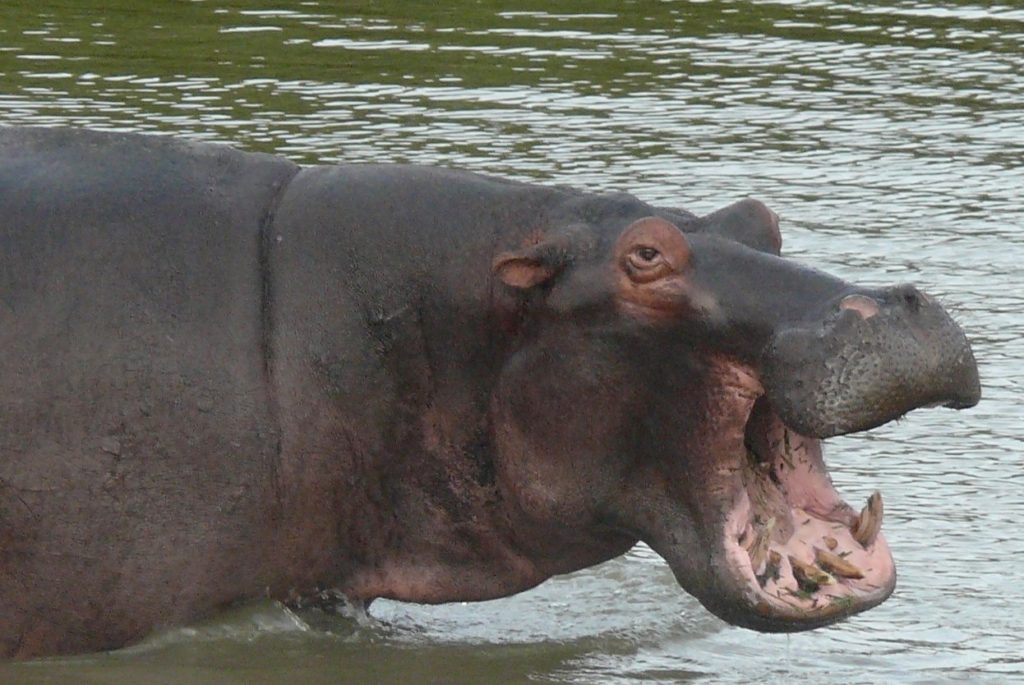
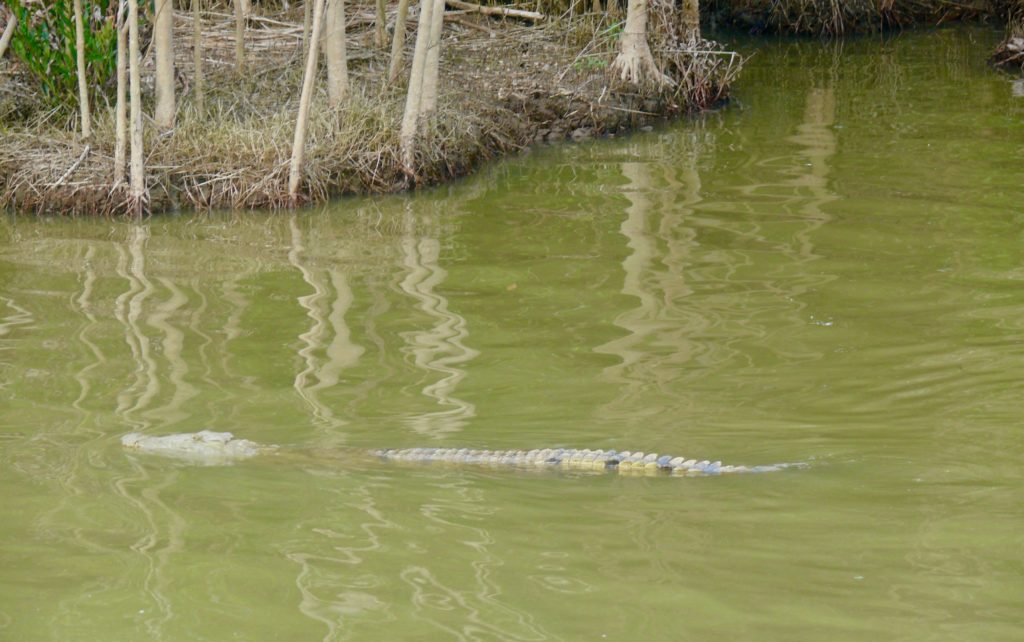
A lot of hippos in the river – fascinating!
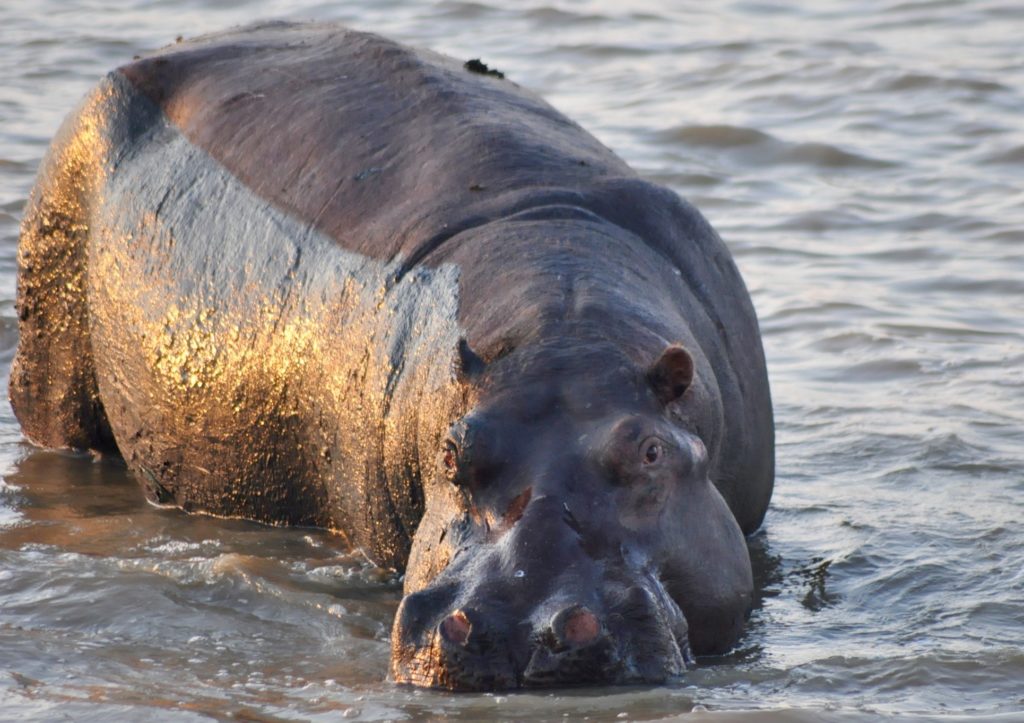
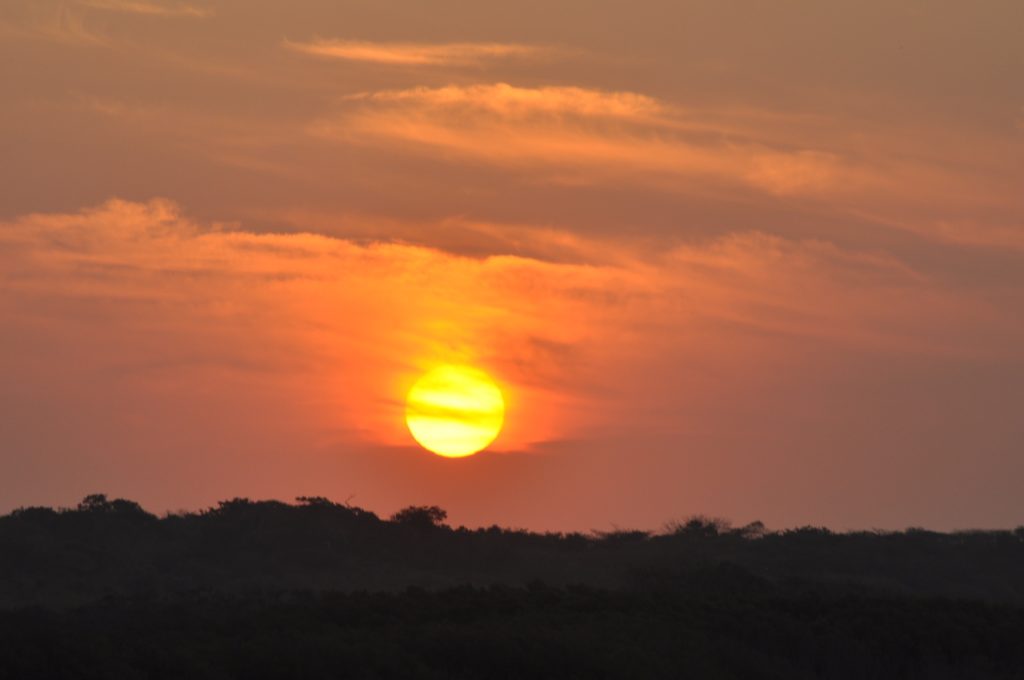
Follow us to :




